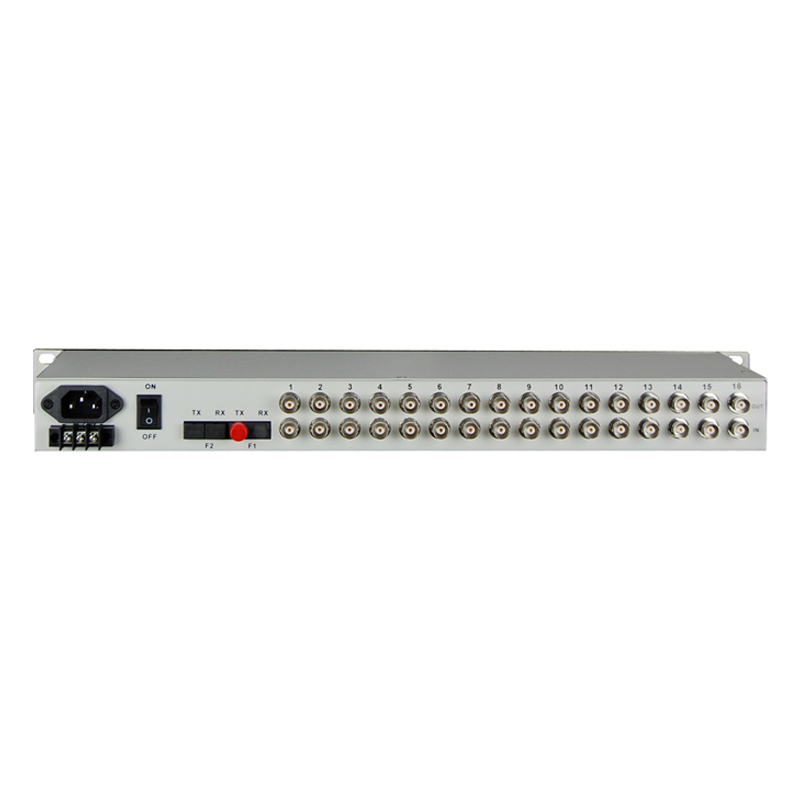Optical transceiver is a device that converts multiple E1 signals into optical signals. Optical transceiver is also called optical transmission equipment. Optical transceivers have different prices according to the number of E1 (that is, 2M) ports transmitted. Generally, the smallest optical transceiver can transmit 4 E1s. The current largest optical transceiver can transmit 4032 E1s, and each E1 includes 30 telephones. So, what does the optical transceiver 2m mean, and what is the relationship between the optical transceiver E1 and 2M?
Types of optical transceivers, optical transceivers are divided into 3 categories: PDH, SPDH, SDH. PDH optical transceivers are small-capacity optical transceivers, generally used in pairs, called point-to-point applications, and their capacities are generally 4E1, 8E1, and 16E1. SDH optical transceiver has a large capacity, generally 16E1 to 4032 E1, SPDH optical transceiver, between PDH and SDH. Generally speaking, the optical transceiver is more of a PDH optical transceiver, which is a photoelectric conversion device. Generally, an optical transceiver with one optical port and four 2M rate electrical ports is the most common. Telecom operators often use it to transmit voice signals. At the central office, the optical terminal converts the 2M electrical signal into an optical signal and transmits it on the optical cable. After reaching the user end, the optical signal is converted into a 2M electrical signal, that is, the 2M service is sent to voice equipment such as PCM. And fiber optic transceivers are more used in data communication. It is also a kind of photoelectric conversion equipment. Generally, there are more than one optical port and several Ethernet ports. It converts optical signals into Ethernet signals, which are used to send data services to data communication equipment such as routers or switches.
For optical transceivers, 2M basically means that the last 1550 wavelength has 2M bandwidth, which is used to transmit 485 control data, and there are 1.25G, 155M and the like, that is the bandwidth required for video transmission, basically 1 channel of video needs 155M. Optical transceivers E1 and 2M are actually only different in expression. E1 is the expression of the group in the European standard of PDH (corresponding to the North American standard group is T1, ie 1.5M). For the European standard E1 rate is 2M, so 2M is often used to represent E1. It can also be said that E1 is the scientific name and 2M is the common name. In the SDH era, the rate of VC12 (and TU-12) in the SDH multiplexing relationship was close to 2M (actually not 2048K), some people also call these 2M, which is actually inaccurate. For the E1 port on the device, it is generally called the 2M port, and it should be E1 eloquence to be precise. Correspondingly, the 34M port should be the E3 port, and the 45M port should be the DS3 port. 140M port is E4 port.
Post time: Sep-27-2022






